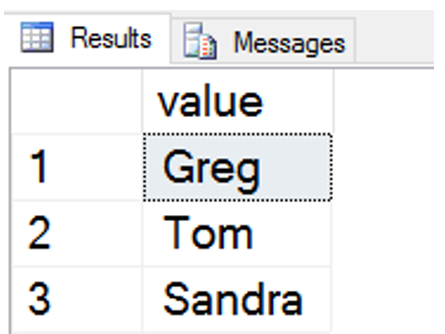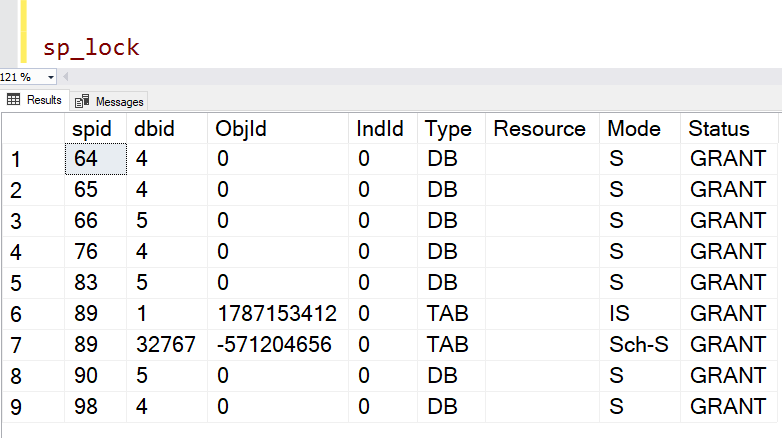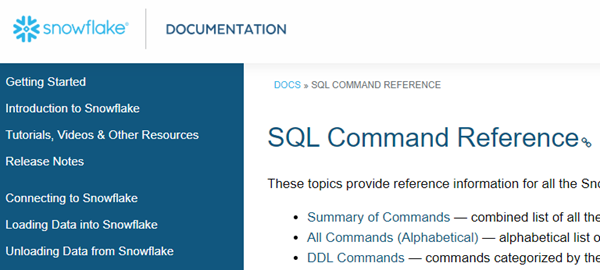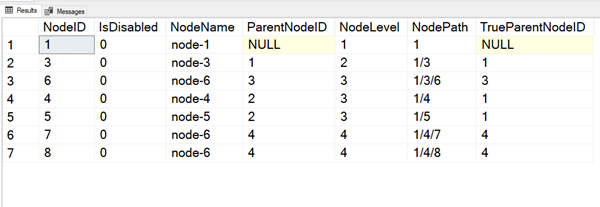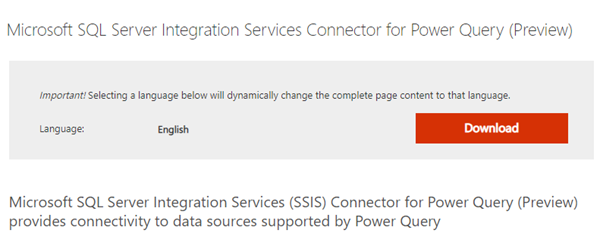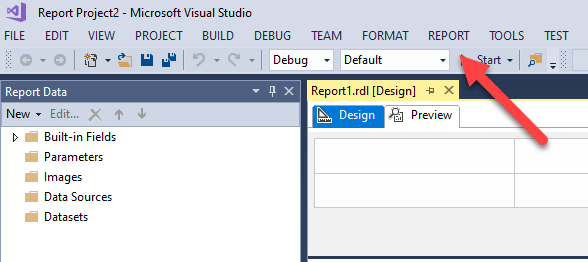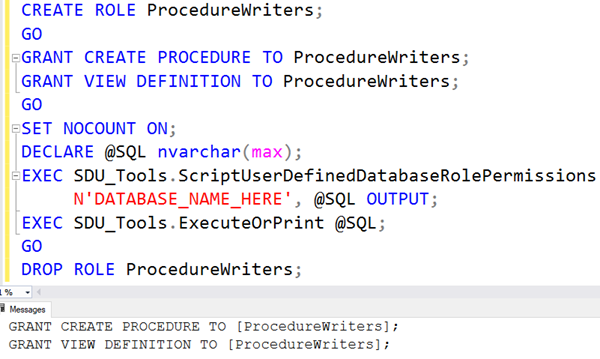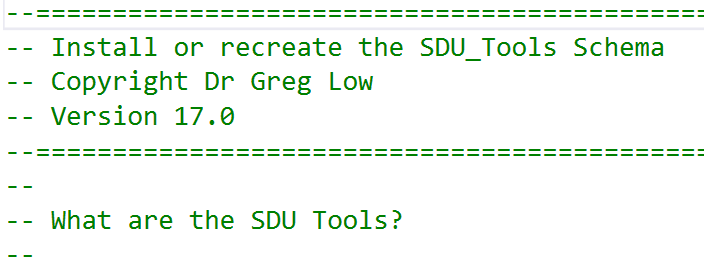
SDU Tools: Version 17 shipped recently to SDU Insiders
Version 17 of our SDU Tools shipped out to all our SDU Insiders a few days ago.
It contains the following updates:
DatesInPeriod - Produces a table of dates from a starting date, for a number of intervals. For example, 3 weeks of dates from a starting date.
ServerMaximumDBCompatibilityLevel - Returns the maximum database compatibility level supported by the server.
SetDatabaseCompabilityForAllDatabasesToMaximum - Sets the database compatibility level of all databases to the maximum value supported by the server.
2020-01-08




